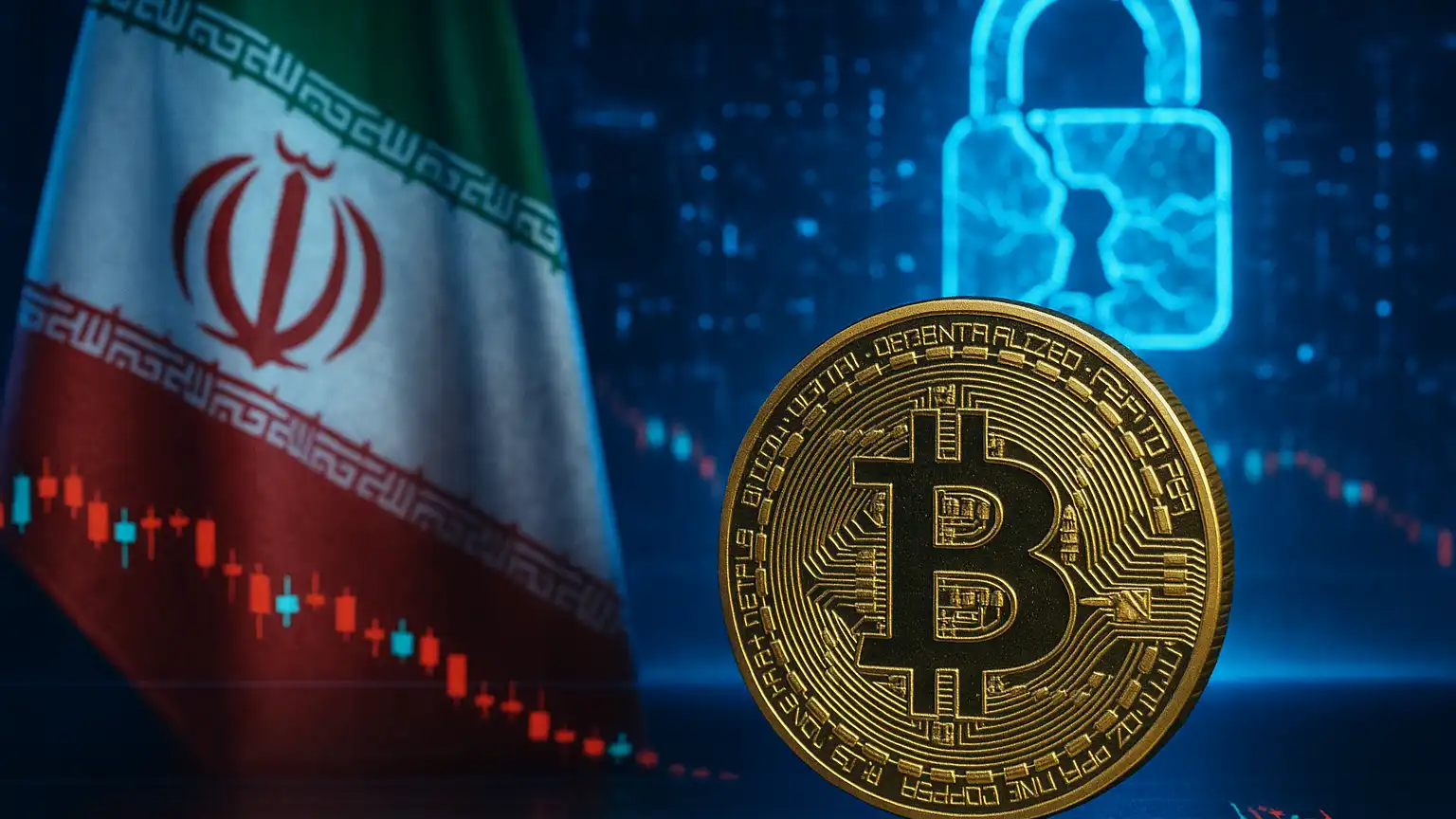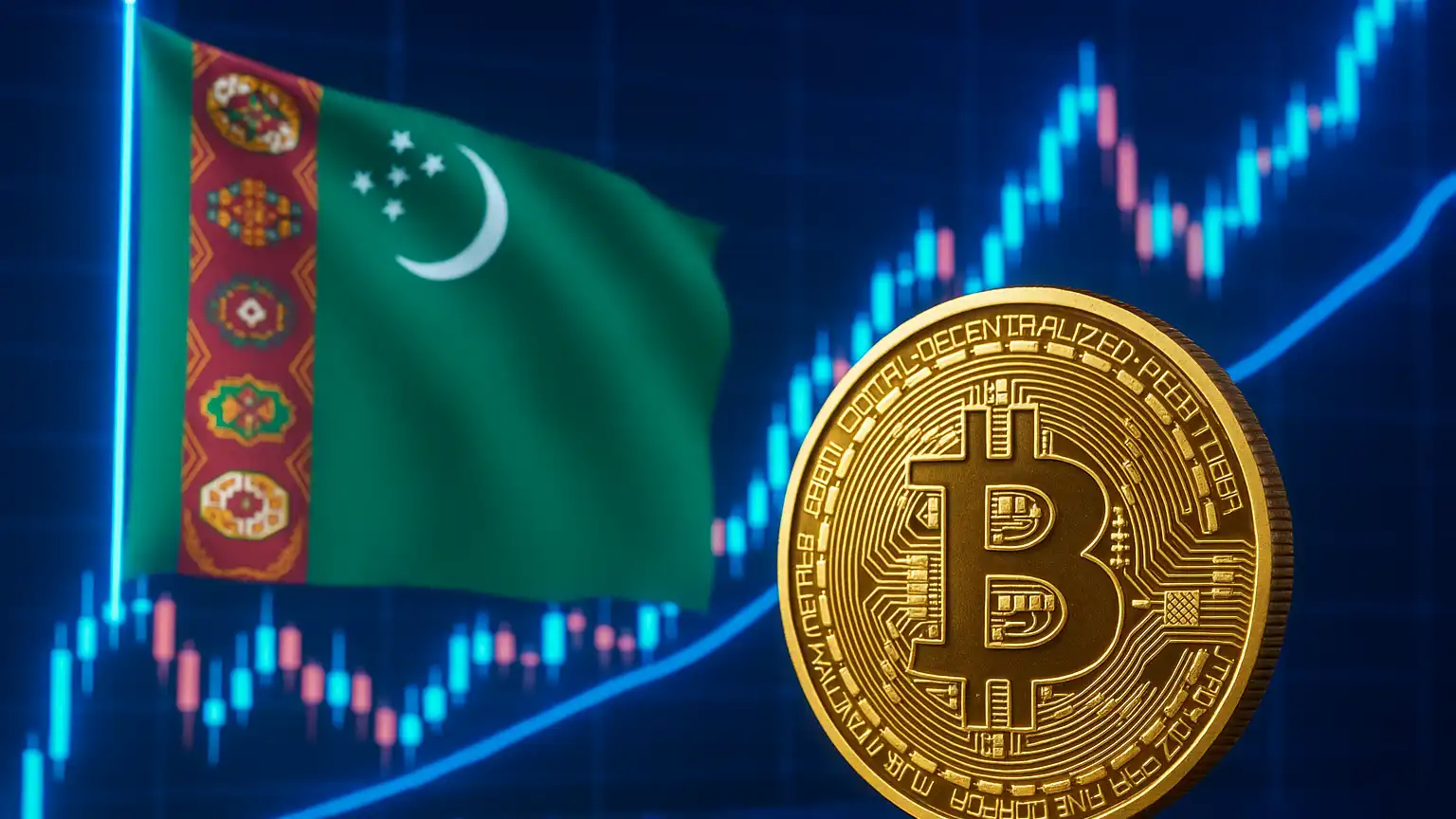Iran’s Cryptocurrency Market Faces Turmoil Amid Geopolitical Strife and Cybersecurity Breaches
Declining Transaction Volumes Reflect Market Instability
In the first seven months of 2025, Iran’s cryptocurrency market experienced a significant downturn, with total transaction volumes reaching approximately $3.7 billion—a decline of 11% compared to the same period in 2024. This contraction became particularly pronounced after April, with June inflows plummeting over 50% year-over-year, followed by a staggering 76% drop in July. The sharp decline coincided with escalating geopolitical tensions, including the breakdown of nuclear negotiations with Israel and a 12-day armed conflict in June, which severely impacted the country’s infrastructure and economic stability. ([trmlabs.com](https://www.trmlabs.com/resources/blog/irans-crypto-economy-in-2025-declining-volumes-rising-tensions-and-shifting-trust?utm_source=openai))
Cyberattacks and Regulatory Actions Exacerbate Market Challenges
The Iranian crypto ecosystem faced further destabilization due to a series of cyberattacks and regulatory interventions. On June 18, 2025, Nobitex, Iran’s largest cryptocurrency exchange, suffered a significant security breach when the hacking group known as Predatory Sparrow infiltrated its systems, resulting in the theft of over $90 million in various cryptocurrencies, including Bitcoin, Ethereum, and Dogecoin. The attackers, reportedly linked to Israel, claimed the hack was politically motivated, aiming to disrupt Iran’s financial networks and expose alleged connections between Nobitex and the Iranian government. ([apnews.com](https://apnews.com/article/8febb3c9c2acf4de2894a7a8a92aa88c?utm_source=openai))
In response to these security concerns, Tether, the issuer of the USDT stablecoin, froze 42 Iranian-linked addresses in July 2025. This action removed significant liquidity from the market, disrupting transactional flows and prompting Iranian users to seek alternative stablecoins, such as DAI on the Polygon network. The freeze underscored the increasing scrutiny and regulatory pressures facing Iran’s crypto market, further eroding trust among users and investors. ([cryptopotato.com](https://cryptopotato.com/geopolitical-chaos-sends-iranian-crypto-flows-plummeting-by-over-76/?utm_source=openai))
Government Measures and Economic Implications
Amid these challenges, the Iranian government has taken steps to regulate the cryptocurrency sector more stringently. In August 2025, the Law on Taxation of Speculation and Profiteering was enacted, imposing capital gains tax on crypto trading. This legislation aims to integrate digital assets into the country’s formal tax framework, aligning them with traditional assets like gold, real estate, and foreign exchange. While the phased implementation is expected, the move signals Tehran’s intent to exert greater control over the burgeoning crypto market. ([cryptopotato.com](https://cryptopotato.com/geopolitical-chaos-sends-iranian-crypto-flows-plummeting-by-over-76/?utm_source=openai))
Despite these regulatory efforts, the broader economic implications remain concerning. The depreciation of the Iranian Rial, coupled with high inflation rates, has historically driven citizens toward cryptocurrencies as a hedge against economic instability. However, the recent cyberattacks, regulatory crackdowns, and geopolitical tensions have collectively undermined confidence in digital assets, leading to capital flight and increased reliance on unregulated or foreign exchanges. ([chainalysis.com](https://www.chainalysis.com/blog/crypto-crime-sanctions-2025/?utm_source=openai))
Conclusion
Iran’s cryptocurrency market is at a crossroads, grappling with the compounded effects of geopolitical conflicts, cybersecurity vulnerabilities, and evolving regulatory landscapes. The significant decline in transaction volumes and the erosion of trust among users highlight the fragility of the market in the face of external and internal pressures. As the government seeks to assert greater control and integrate digital assets into the formal economy, the future of cryptocurrencies in Iran remains uncertain, contingent upon the resolution of geopolitical tensions and the establishment of robust security and regulatory frameworks.



